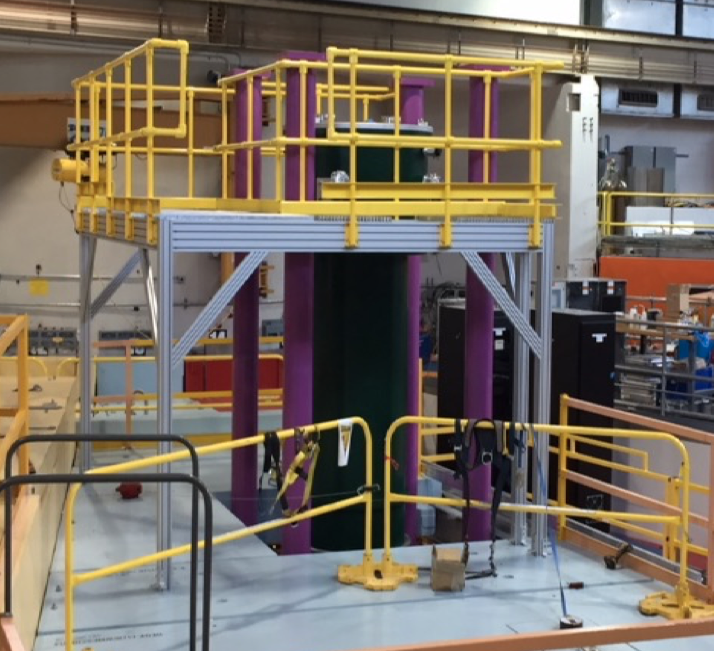Project Details

Outside of a nucleus a neutron will decay, within roughly fifteen minutes, into a proton, an electron and an anti-neutrino. The electron energy spectrum is characterized by the “Fierz interference term”, known as “little-b” The angular correlation between the decay products is characterized by the parameter known as “little-a”. Both “a” and “b” are precisely predicted by the Standard Model of particle physics with relatively tiny theoretical systematic errors thanks to the simplicity of the neutron system. The neutron “a” and “b” (Nab) experiment will measure both these quantities with unprecedented precision, resulting in a stringent test for physics Beyond the Standard Model. The heart of the Nab experiment is a 7 meter long superconducting magnet (maximum field ~ 4 Tesla) with a pair of special-purpose pixelated silicon detectors at both ends. An intense neutron beam from the Spallation Neutron Source’s (SNS) Fundamental Neutron Physics Beamline will pass through the magnet and roughly 1,000 neutrons per second will decay in the magnetic field region. The fields guide the decay products into a pair of silicon detectors that will measure the electron energy and the proton time of flight, from which “a” and “b” can be determined. Key systematic errors are eliminated by avoiding beam polarization and by allowing the decay products to interact with fields rather than materials. Backgrounds are greatly reduced by demanding coincident detection of both the electron and proton. The Nab magnet was recently delivered to the SNS, passing all acceptance tests. It now sits in its final location in the SNS target hall; installation of shielding (radiation and magnetic), access platforms and utilities is currently underway.
Contact: David Bowman (bowmanjd@ornl.gov)

